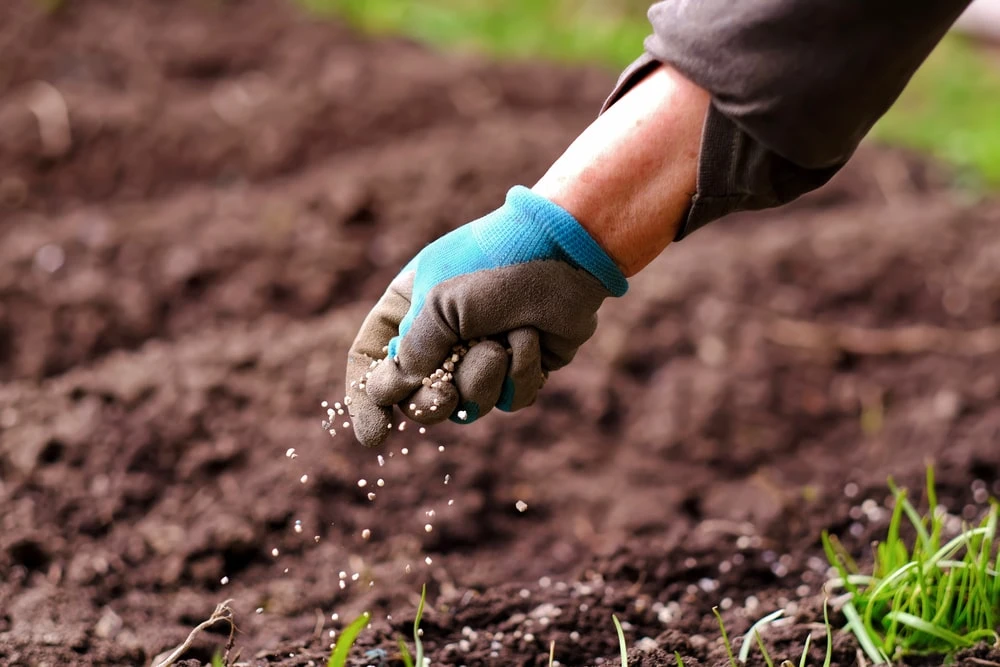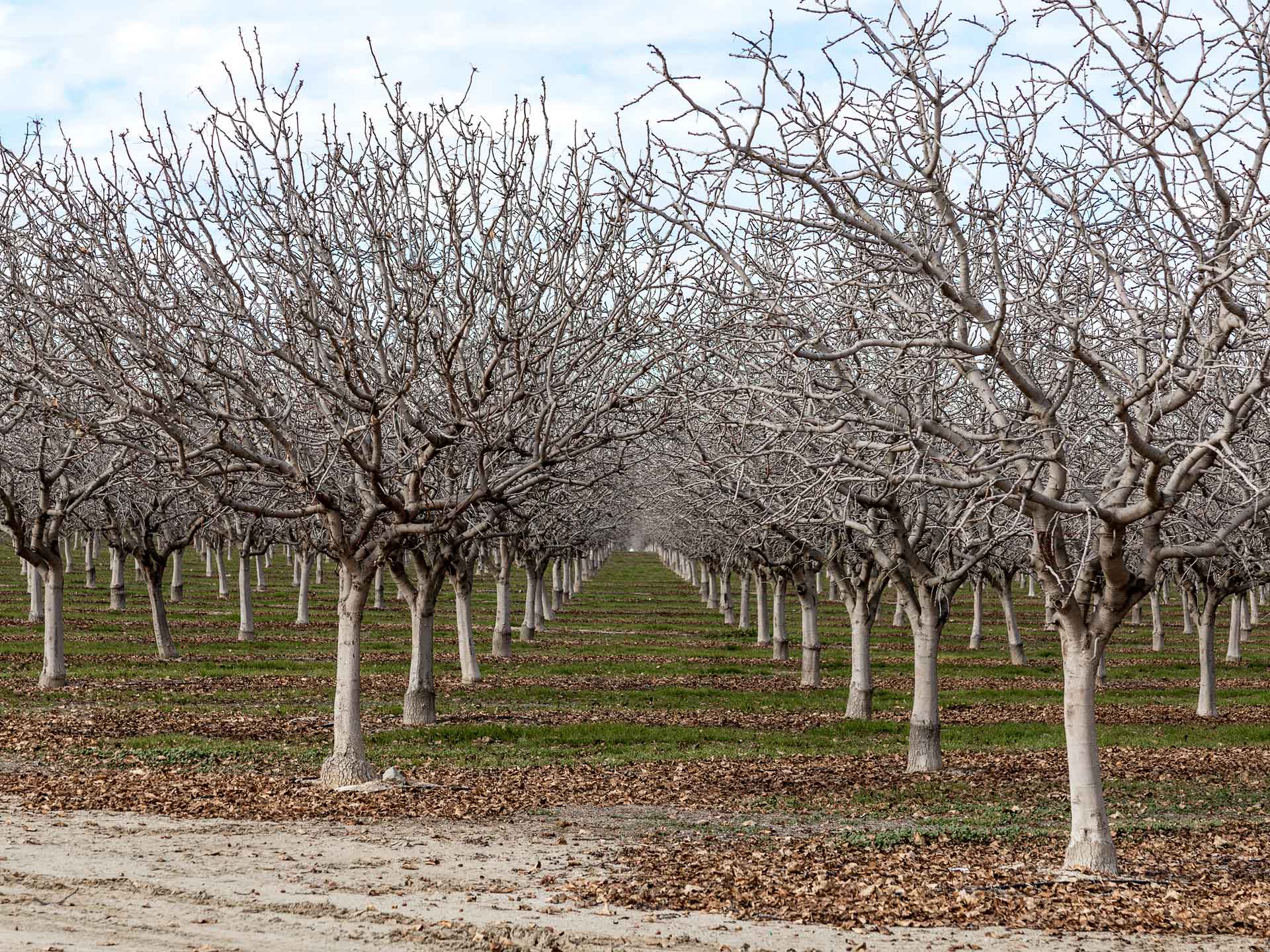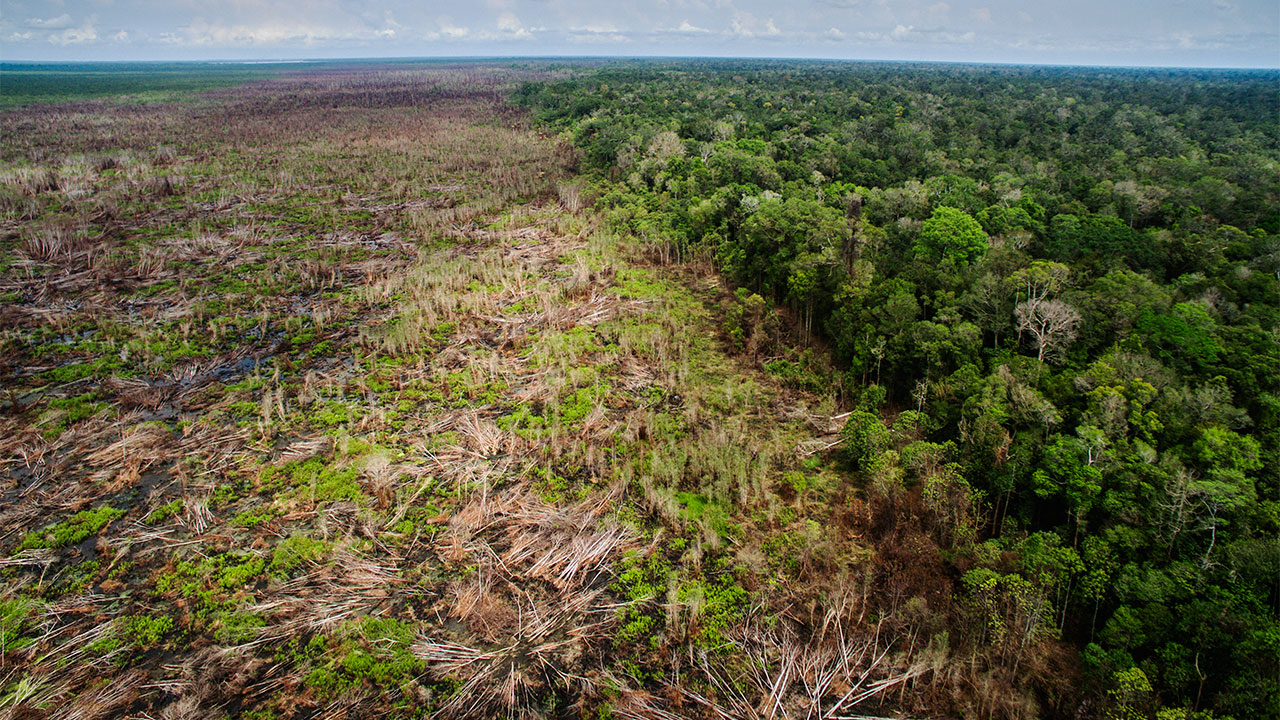Introduction:
In the intricate tapestry of nature, trees, and plants stand as silent guardians, providing myriad benefits to the environment and its inhabitants. However, for them to flourish and fulfill their roles effectively, certain elements are indispensable. This blog explores the key factors that contribute to the growth and health of trees and plants, unraveling the secrets behind the verdant beauty and ecological importance of our leafy companions.
1. Sunlight: The Elixir of Life:
At the heart of every flourishing plant lies the transformative power of sunlight. Through the process of photosynthesis, plants harness the sun’s energy to convert carbon dioxide and water into glucose, the fuel that sustains their growth. Adequate sunlight exposure is crucial, and understanding a plant’s light requirements is paramount for optimal health.
2. Water: Quenching the Thirst of Greenery:
Just as sunlight fuels the synthesis of nutrients, water serves as the lifeblood that transports these essential elements throughout the plant. Proper watering practices tailored to the specific needs of each species ensure hydration, nutrient absorption, and the prevention of issues such as dehydration or root rot.
3. Nutrient-Rich Soil: The Foundation for Growth:
Healthy soil is the bedrock upon which robust plants and trees thrive. Nutrient-rich soil provides a balanced supply of essential elements, including nitrogen, phosphorus, and potassium. Regular soil testing helps identify deficiencies and allows for the strategic application of organic matter or fertilizers to enhance soil fertility.
4. Air Quality: Breathing Life into Leaves:
The quality of the air surrounding plants significantly impacts their well-being. Adequate oxygen levels and the absence of pollutants contribute to healthy respiration and prevent stress-related issues. Planting a diverse range of species with varying air-purifying capabilities can enhance overall air quality.
5. Pruning and Trimming: Shaping Growth for Strength:
Regular pruning and trimming are akin to a plant’s spa day, promoting structural integrity and aesthetic appeal. Pruning removes dead or diseased branches, redirects growth patterns, and encourages the development of strong, resilient structures. Thoughtful pruning practices contribute to overall plant health and longevity.
6. Protection from Pests and Diseases: Defenders Against Invaders:
Trees and plants, like any living organism, face threats from pests and diseases. Vigilant monitoring, early detection, and the strategic use of natural or environmentally friendly pesticides help protect against infestations, ensuring the sustained health of greenery.
7. Proper Planting and Spacing: A Blueprint for Growth:
The way a plant is initially placed in the ground can influence its entire life. Ensuring proper planting depth, spacing, and orientation fosters strong root development and prevents issues such as overcrowding. A well-thought-out planting strategy sets the stage for a thriving ecosystem.
8. Mulching: Blanketing Roots in Comfort:
Mulching serves as a protective blanket for plant roots, offering insulation against extreme temperatures and retaining soil moisture. Additionally, organic mulch decomposes over time, enriching the soil with valuable nutrients. Mulching is a simple yet effective practice that contributes to the overall health of trees and plants.
9. Appropriate Irrigation: Balancing the Water Equation:
Watering practices should align with the specific needs of each plant, accounting for factors such as soil type, climate, and season. Overwatering and underwatering can both pose risks to plant health, emphasizing the importance of tailored irrigation methods.
10. Regular Monitoring and Care: A Watchful Eye on Greenery:
A proactive approach to plant care involves regular monitoring and attentive care. Observing changes in foliage color, detecting signs of stress, and addressing issues promptly contribute to the overall health and resilience of trees and plants.
Conclusion:
As stewards of the environment, our responsibility extends beyond planting seeds; it encompasses fostering a nurturing environment for the growth and health of trees and plants. By recognizing the importance of sunlight, water, soil quality, air purity, and various care practices, we can cultivate landscapes that not only thrive aesthetically but also contribute to the ecological balance of our planet. Nurturing nature is a shared endeavor, and in doing so, we forge a symbiotic relationship with the green companions that enrich our lives and sustain the planet.




